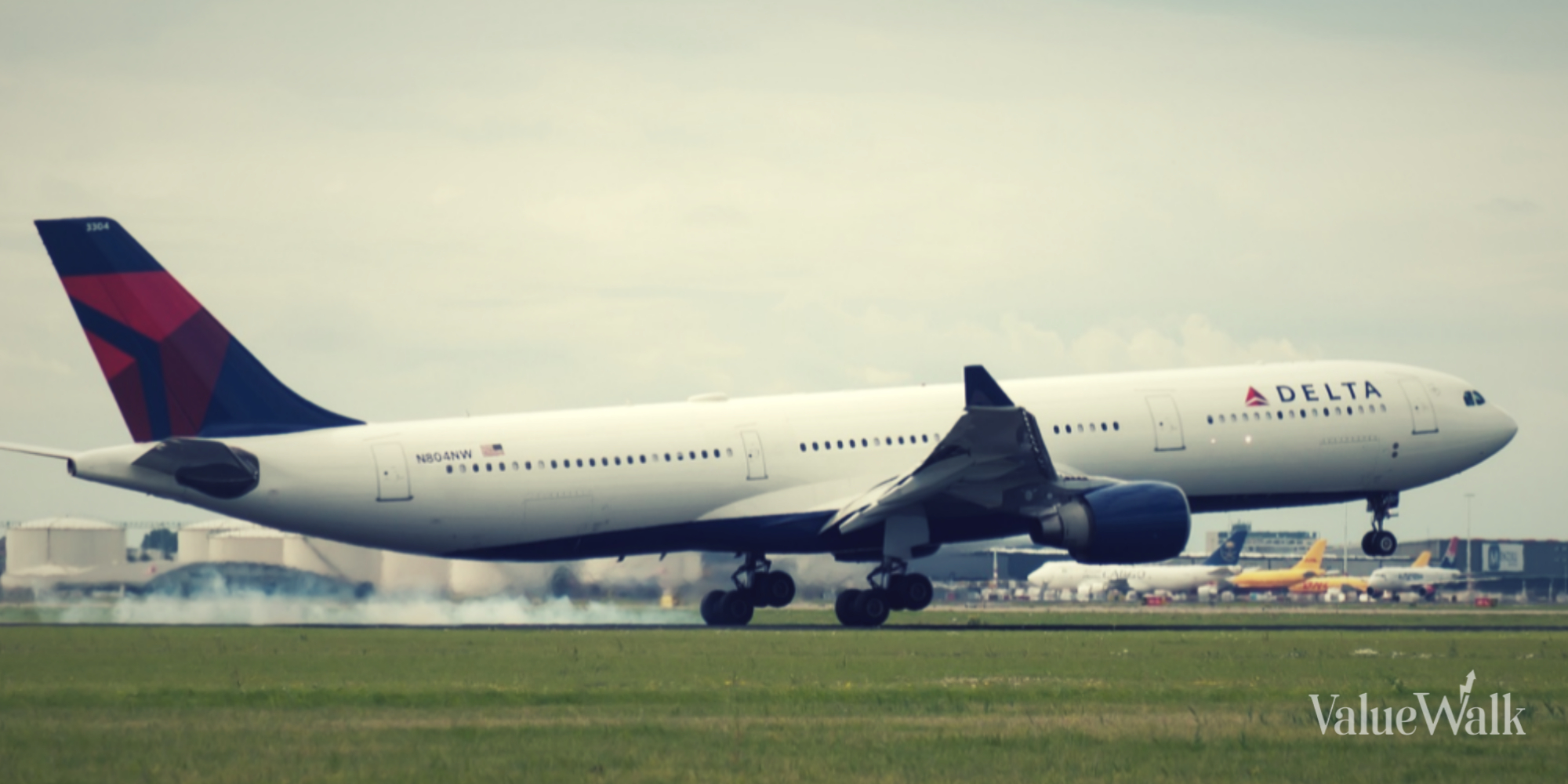Delta Air Lines (NYSE:DAL) soared to a 23% return in 2023, and it could have further to fly in 2024, fueled by a favorable market for travel and its still-cheap price.
Not to overdo the metaphor, but the dark skies that have surrounded airlines and the travel industry since the pandemic began to clear last year, and they should remain clear this year — which bodes well for Delta stock. Here’s why it remains a solid buy.
Increasing travel demand fuels record revenue
Delta is currently trading at around $39 per share, and its solid gains in 2023 helped offset some of the pain from the previous three years. In 2020, 2021 and 2022, the stock price sank further each year, and since the beginning of 2020, it is down roughly 33%. However, Delta Air Lines could return to pre-pandemic levels in 2024 — after what is expected to be a good year for the travel industry.
In its fiscal third quarter, Delta had record revenue of $15.5 billion, up 11% year over year, while its net income jumped 59% to $1.1 billion. The airline’s revenue received a boost from a 35% year-over-year increase in international-passenger revenue, while domestic flights saw a 6% revenue gain.
For the first nine months of 2023, Delta’s revenue was up 18% year over year to $43.8 billion, while its net income was $2.6 billion, up from just $489 million the previous year.
Higher travel demand and lower fuel expenses and cost per available seat mile allowed Delta to improve its operating margin to 12.4%, up from 10.8% in the third quarter of 2022.
While its fourth-quarter results won’t be released until later this month, Delta expects its revenue to be up 9% to 12% in the quarter and 20% higher for fiscal 2023. The company is also expected to release its guidance for 2024, which should be positive.
The International Air Transport Association (IATA) is forecasting record revenue of $964 billion for the industry, an increase of 7.6% over 2023. Some 40.1 million flights are expected to be available in 2024, exceeding the totals from 2019 (38.9 million) and 2023 (36.8 million).
The high demand, coupled with limited supply, is expected to drive the load factor from 82% in 2023 back up to 82.6%, which is where it stood in 2019. That, in turn, is expected to result in a roughly 2% increase in passenger yields compared to 2023.
These factors, combined with expected lower expense growth, should result in $49.3 billion in operating profit for the industry and $25.7 billion in net profit. These totals represent increases of 21% and 11%, respectively, over 2023 totals.
“Considering the major losses of recent years, the $25.7 billion net profit expected in 2024 is a tribute to aviation’s resilience. People love to travel, and that has helped airlines to come roaring back to pre-pandemic levels of connectivity. The speed of the recovery has been extraordinary; yet, it also appears that the pandemic has cost aviation about four years of growth,” said Willie Walsh, IATA’s director general.
Delta is positioned for growth
As one of the big four airlines in the U.S., Delta should be able to capitalize on these favorable trends.
In addition to its robust earnings potential, Delta has been effective at reducing its debt load, which had ballooned after the pandemic. In the third quarter, the airline reduced its net debt to $20 billion from $22 billion a year ago the same quarter. With improving financials and a projected $2 billion in free cash flow at the end of fiscal 2024, Delta should be able to further execute on its debt-reduction plan, but that is something to keep an eye on.
Even with its strong returns in 2023, Delta remains an excellent value, with more room to run, given how far it fell over the previous three years. Its valuation metrics are extremely low, as it is trading at just 7 times earnings with a forward price-to-earnings ratio of just under 6. Additionally, its P/E-to-growth ratio is only 0.21, which means it is cheap relative to its longer-term growth potential.
The consensus among analysts is that Delta Air Lines is a buy, and I can’t disagree. The median price target for the next 12 months is $50 per share, which would be a 27% increase over its current share price, so it looks like a solid buy right now.
Disclaimer: All investments involve risk. In no way should this article be taken as investment advice or constitute responsibility for investment gains or losses. The information in this report should not be relied upon for investment decisions. All investors must conduct their own due diligence and consult their own investment advisors in making trading decisions.





